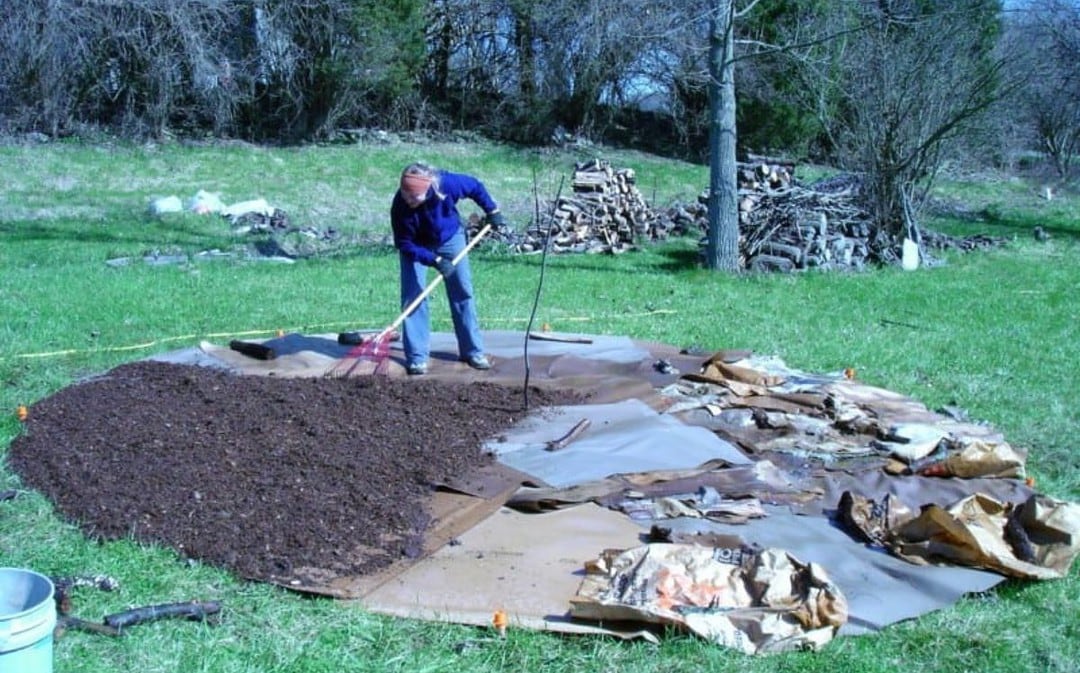Table of Contents
Top 7 Ways to Keep Soil Quality
Simply following this approach can help you maintain the soil quality of your trees. When assessing the health of a tree, it is common practice to gaze into the canopy and check if anything seems to be out of place. This method makes sense because the buds, leaves, and branches of a tree can often provide information about its health. However, the root of the issue is often found under the earth. What is occurring above ground is really a symptom of the underlying problem.
That being said, here are seven tips for maintaining soil quality and caring for the earth under a tree’s feet:
1.Avoid compaction of the soil.
The roots of a tree need oxygen to thrive.??
If the soil is compacted, the tiny root hairs cannot acquire enough oxygen, and the roots may perish.
The soil under a tree’s foot is alive and active with a diverse spectrum of living creatures.
When soil is compacted, oxygen cannot reach these creatures, and the tree suffers as a result.
2. Compost your soil.
Consider compost in the same manner that the human body considers carbs. Energy is released shortly after digesting carbs. It’s that small bite around 3:30 p.m. to tide you over till supper. The same goes for compost. This source of energy might be as basic as mulching leaves/grass or as complex as a light addition of composted manure.
3. Mulch your soil.
In a somewhat different vein, consider mulch in the same manner as the human body considers proteins. They are a great source of energy, but it takes a bit longer for that energy to be released. Mulch has several other advantages, including avoiding water loss, boosting curb appeal, and eliminating the need to mow grass in troublesome areas under the tree.
4. In times of drought, water around the trees (especially young trees).
What more needs to be said: water is the foundation of life:). Water is essential for maintaining soil quality.
5. Divert water as needed
Is the majority of the water on your property sent to storm drains? In most circumstances, a mature tree is content to absorb all of the water. Before going this way, we suggest doing some research on your tree species and its water needs.
6. Have the soil tested
You may make an informed estimate about what nutrients are deficient in your soil, or you could get it tested. Follow this link for steps to test soil to discover how to prepare a valid sample for testing. Most places have local laboratories that are either affiliated with a university or privately managed and can do routine tests to check for a broad range of nutrients. Make certain that the exam includes advice for adequate soil remediation; otherwise, you may as well be given a piece of paper in an entirely alien language.
7. Avoid digging too much inside the dripline (radius of the tree canopy)
Whether digging is necessary, ask your contractor if there are any techniques to reduce soil extraction and compaction. A less intrusive approach to building pathways/driveways is to look at permeable solutions like the one shown below.
If you live in the Hamilton area and want to learn more about soil quality and how it might effect the trees on your property, please contact us and one of our professional arborists would be happy to help. At DeVos Tree Care, we feel that it is critical to preserve the health of your trees not just for their sake, but also for ours.

